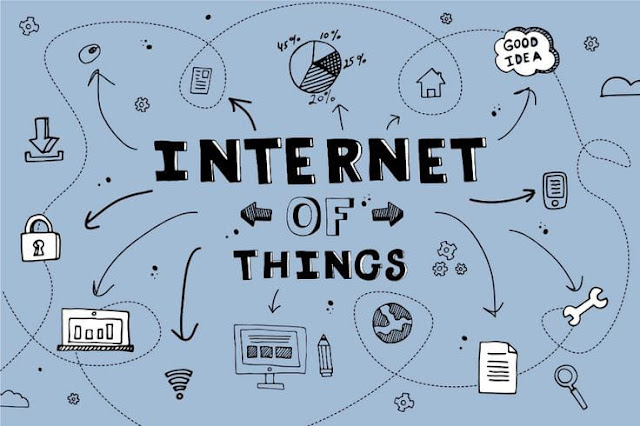Enhancing Cybersecurity with Multi-Factor Authentication (MFA) and Web Application Vulnerability Analysis
🔐 Enhancing Cybersecurity with Multi-Factor Authentication (MFA) and Web Application Vulnerability Analysis Part 1: Understanding Multi-Factor Authentication (MFA) What is MFA? Multi-Factor Authentication (MFA) is a security mechanism that requires users to provide two or more distinct types of evidence (factors) to verify their identity before granting access to a system. According to the National Institute of Standards and Technology (NIST), the three primary authentication factors are: Something you know : e.g., a password or PIN. Something you have : e.g., a security token or smartphone. Something you are : e.g., biometric data like fingerprints or facial recognition. Implementing MFA significantly enhances security by adding layers of verification, making it more challenging for unauthorized users to gain access, even if they have compromised one of the factors. Types of MFA Techniques Knowledge-Based Factors : These rely on information the user knows, s...





